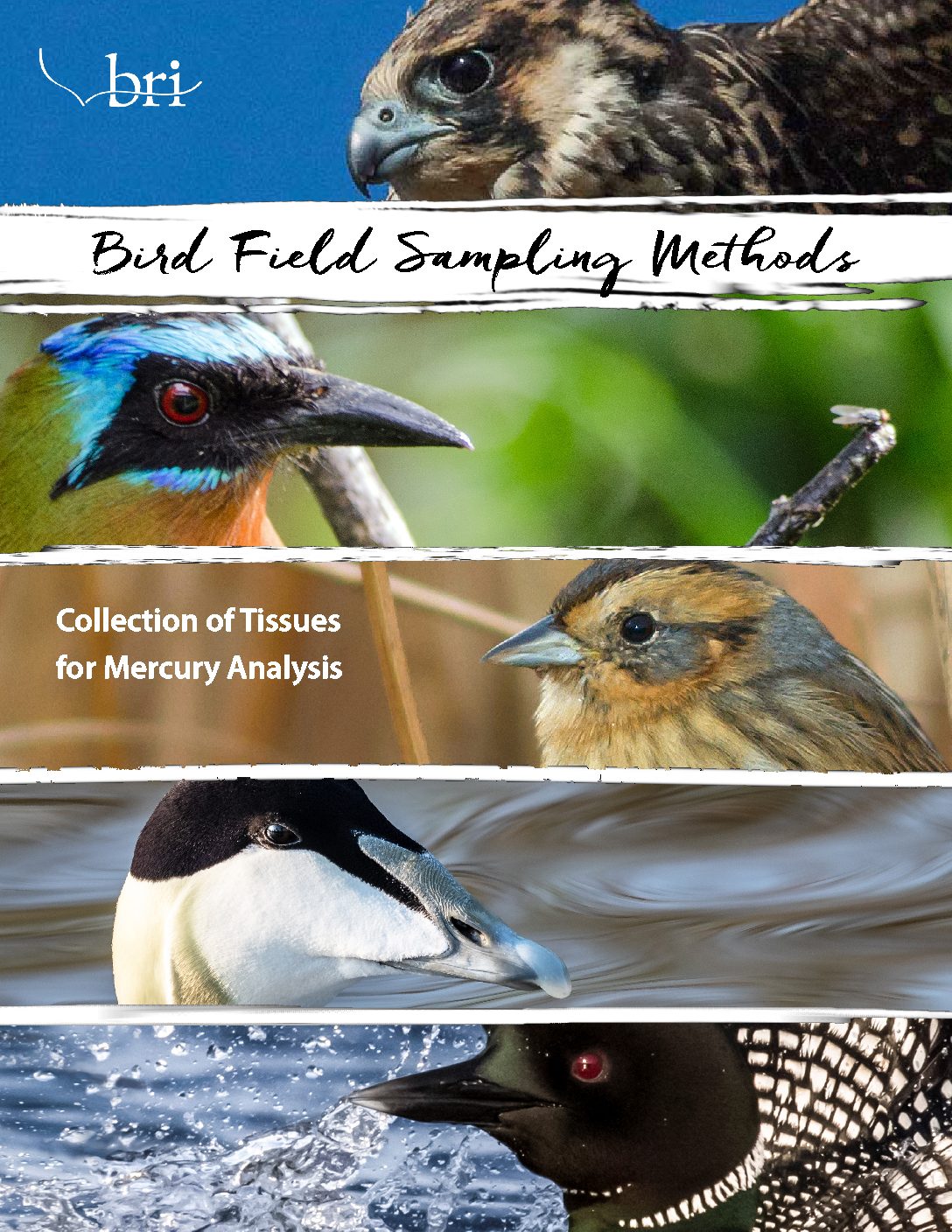 Who are we?
Who are we?
The Tropical Research for Avian Conservation & Ecotoxicology (TRACE) Initiative is an international collaborative research network that generates scientific knowledge to inform tropical bird conservation through ecotoxicological monitoring.
Our Motivation

Mining, agriculture, and oil-producing industries have rapidly expanded throughout the tropical realm as alluring economic opportunities for developing nations to meet the demands of global markets. However, these industries can compromise sustainable development, human welfare, and biodiversity conservation via the contamination of impoverished communities and natural resources. Using birds as convenient, ecologically-important, and charismatic bioindicators, we seek to understand how increasing pollution emissions impact biological communities and may contribute to global biodiversity losses.
Our Vision

Ecotoxicological monitoring efforts over the past century have pursued discordant sampling strategies and focal species, while neglecting the most biologically-meaningful regions on the planet: the tropics. These decisions have limited our ability to make meaningful comparisons across time and space. By creating an inclusive and equitable data-sharing platform, the TRACE Initiative seeks to not only standardize sampling methods among monitoring programs, but also compile the world’s largest database of ecotoxin samples for tropical bird species. In doing so, we can hope to better understand the prevalence, persistence, and distribution of environmental pollution in tropical biomes, and how ecotoxins impact both resident and migratory bird populations.
Dismantling Systemic Barriers
TRACE provides an opportunity to dismantle systemic barriers and colonialist precedents in science. Through the equitable exchange of expertise, funding, resources, data, and authorship among collaborators, TRACE stands to (1) generate crucial research capacity in tropical nations, which are disproportionately impacted by environmental crises, (2) provide leadership opportunities for current and aspiring tropical scientists, and (3) produce standardized information on the prevalence, distribution, toxicokinetics, and biogeochemistry of environmental pollutants. Ultimately, we aim to disseminate this standardized information to local, national, and international government entities, including Parties of the United Nations Minamata Convention on Mercury, with the intent to create positive impacts for local communities.

Our History
TRACE grew from over a decade of bird sampling research by the Biodiversity Research Institute (BRI) throughout Central America and the West Indies. In 2007, BRI field biologists and a variety of collaborating bird banders began collecting blood and feather samples from resident and migratory bird species to assess mercury exposure across the Neotropics. As an Executing Agency for the United Nations Minamata Convention on Mercury, BRI has worked with national governments and local stakeholders to initiate mercury monitoring programs throughout the Caribbean, Amazon and Congo Basins, and Indo-Pacific regions. TRACE builds upon key partnerships with organizations such as Centro de Innovación Científica Amazónica (CINCIA), the Cornell Lab of Ornithology, and el Monitoreo de Sobrevivencia Invernal (MoSI) banding program with the Institute for Bird Populations (IBP). TRACE now incorporates over 2,500 mercury samples from 309 bird species collected across 14 countries.

How to Get Invovled

TRACE supports and welcomes direct collaboration with researchers, especially students based in tropical institutions, that collect whole blood, feathers, or eggs from tropical birds. If you would like to contribute samples to our cause, please fill out this form, and we will send you additional information.
TRACE Publications

- Bird Field Sampling Methods – Standardized protocols for biological sampling, handling, and shipping of samples to the regional lab hubs
-
Shanley, J.B., M. Marvin-DiPasquale, O. Lane, et al. 2020. Resolving a paradox—high mercury deposition, but low bioaccumulation in northeastern Puerto Rico. Ecotoxicology 29, 1207–1220. https://doi.org/10.1007/s10646-019-02108-z
Collaborators
- Centro de Innovación Científica Amazónica (CINCIA)
- Cornell Lab of Ornithology
- San Diego Zoo Wildlife Alliance
- The Nature Conservancy
- Institute for Bird Populations (IBP)
- Field Projects International
- World Wildlife Fund – Peru
- Sunderland Lab, Harvard University
- Harvard Museum of Comparative Biology
- Martínez Lab, California State University, Long Beach
- Instituto de Investigación de Recursos Biológicos Alexander von Humboldt
- Instituto Amazónico de Investigaciones Científicas (SINCHI)
- Runaway Creek Nature Reserve
- Tropical Education Center
- Belize Foundation for Research and Environmental Education
- Toucan Ridge Ecology & Education Society (TREES)
- Inkaterra Reserva Amazónica
- International Institute of Tropical Forestry, USDA Forest Service
- Trace Element Research Laboratory, Texas A&M University
Photo Credits: Banner: Chris Sayers. Photo of small-scale gold mining courtesy Nexus3. Photos of measuring birds by Oliver Dosch. Collaborators, map, and how to get involved photos by Chris Sayers.








 Chris Sayers
Chris Sayers

 Viviana Ruiz-Gutierrez
Viviana Ruiz-Gutierrez Luis Fernandez
Luis Fernandez

